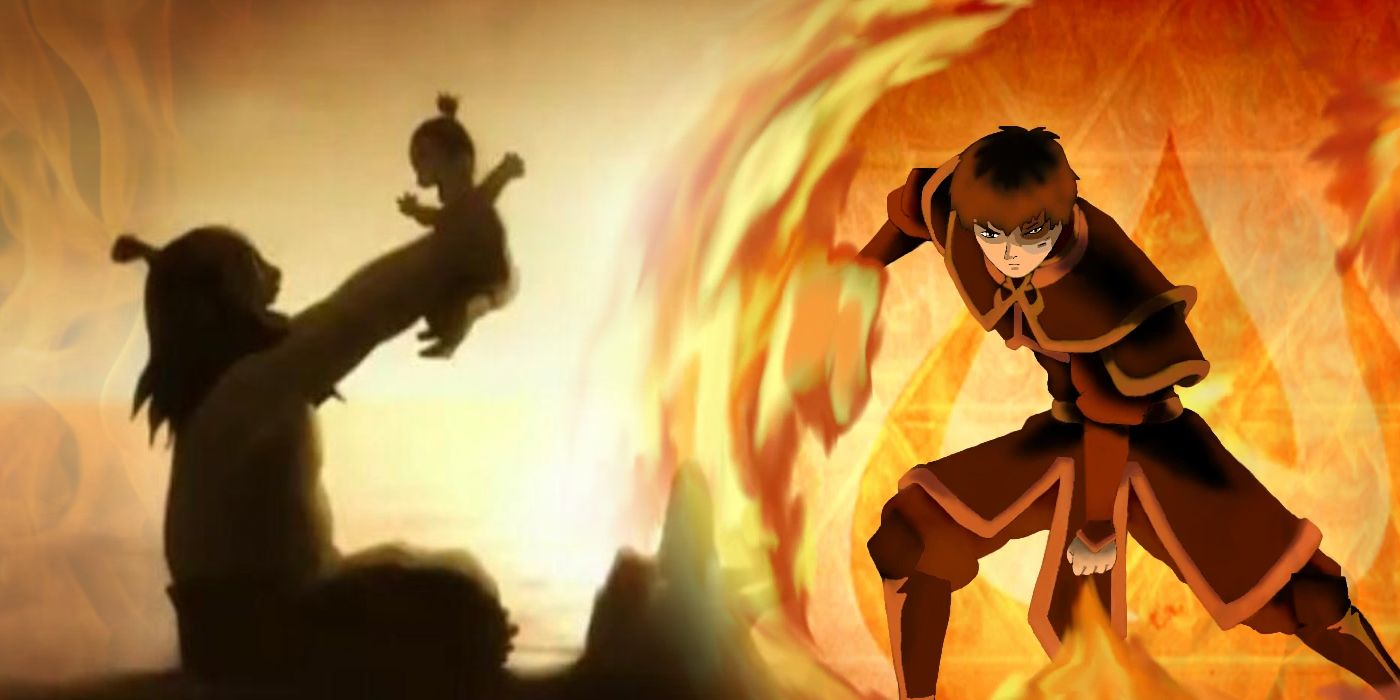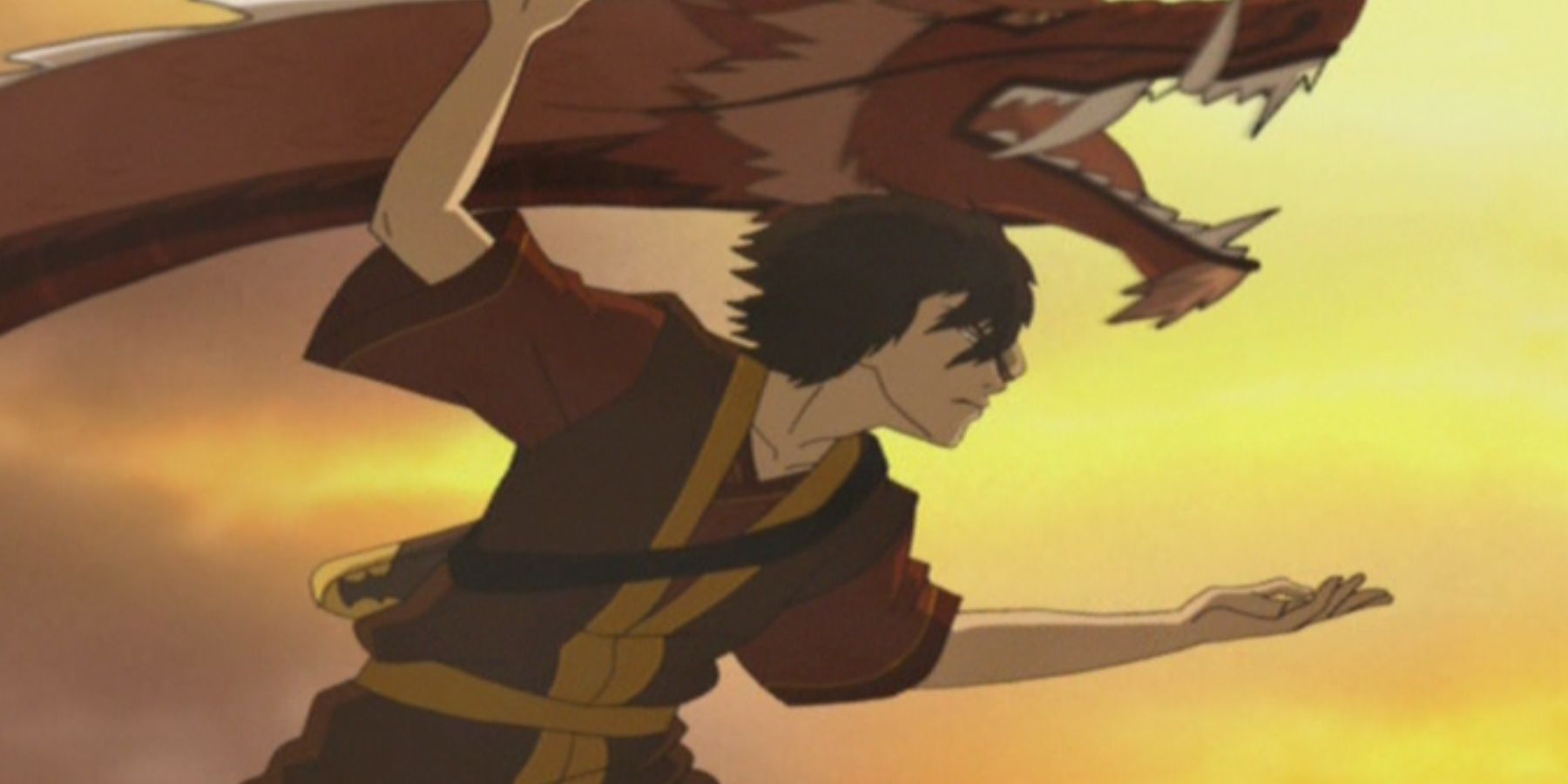Avatar: The Last Airbender’s young characters were already masters of their elements by their teenage years, but tests of bending powers start much earlier for firebenders. FC Yee’s Avatar prequel novel The Rise of Kyoshi revealed that Fire Nation parents test their babies’ firebending not long after they are born. While Avatar delved into the culture of the Fire Nation mainly through its royal family, the show didn’t have time to deeply explore the everyday world of a nation at war. The Kyoshi novels fill that gap through Kyoshi’s first firebending master, Hei-Ran, and the Avatar’s bodyguard, Rangi. As an earthbender, Kyoshi had a lot to learn about handling fire. During Kyoshi’s early struggles with being the Avatar, Hei-Ran taught her the most basic test of a firebender’s power.
In the first novel, Kyoshi had little instinct for any element besides earth, leading to confusion about her identity as the Avatar. In order to prove she was the Avatar, she needed to bend an element besides her native one, so bending masters subjected her to tests of her abilities. According to Hei-Ran, her firebending test was the same one used on newborns, and it is almost impossible for a firebender not to reveal themselves this way.
The traditional test involves preparing a bundle of flammable material: bark, cotton, and special oils. Parents then hold this bundle under the baby’s nose, and if the baby can use their inner heat to light the tinder, they’re a firebender. Though firebenders have a range of incredible powers, it all starts with a simple act of lighting fire by natural instinct. For Kyoshi’s test, Hei-Ran made the environment extra hot and dry for lighting the bundle to be as easy as possible. Kyoshi failed the test, but most firebender babies pass with flying colors.
Since firebending powers begin at such an early age, parents must find ways of dealing with a baby’s fledgling ability to create fire. Fortunately, firebenders also possess an instinctual level of control that prevents them from being burned by their own fire. No one has to teach a firebender not to burn themselves, but the surrounding environment is another matter. Fire is an element rooted in instinct and attitude, which is why Aang also struggled to learn firebending, but babies raised in firebender households do not.
Expectations have always been high for firebenders, given that they must prove their bending abilities long before they can walk. The traditions of the pre-war Fire Nation in the novels give fans a glimpse of everyday life for the often-villainized firebenders in a way the series could not. Kyoshi‘s firebending masters and companions reveal what life was like for the Fire Nation before it was consumed by the Hundred Year War and how life likely continued during wartime. These facets of firebender culture give a more complete picture of Avatar: The Last Airbender’s Fire Nation.


